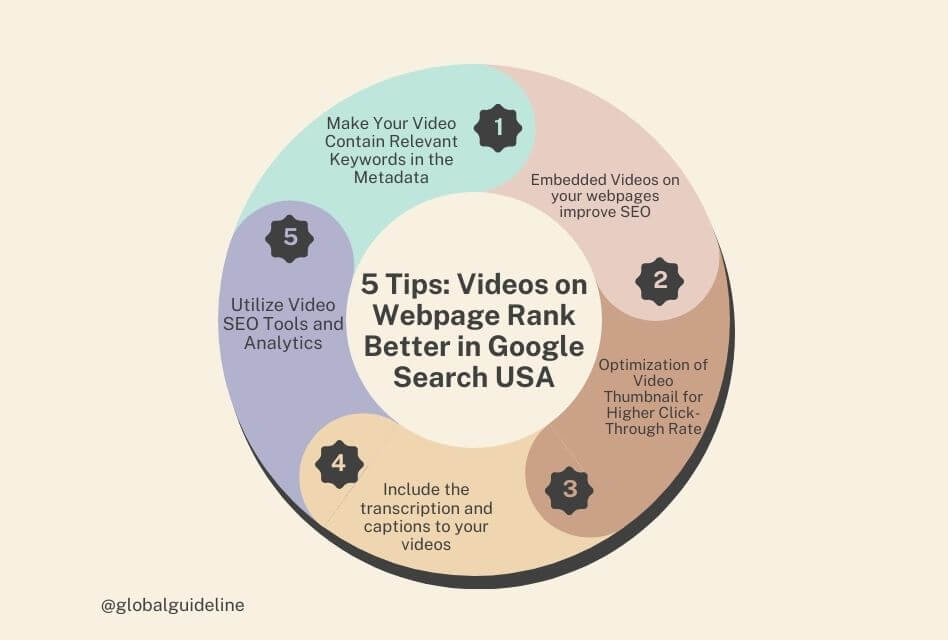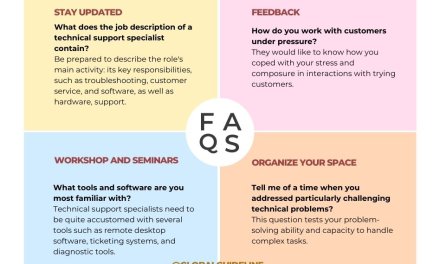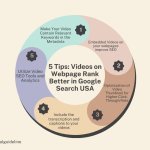Today, videos have not only become an essential way to connect with your audiences but also help a website enhance the user experience. But of course, well beyond capturing interest, video can really influence your website’s SEO to be bumped up a few notches in Google search. So, if you want to make your site become visible, it is critical to understand how your page’s videos will help you rank better in Google search. In this article, we will talk about five top tips for optimizing your videos to ensure that they aid the full effectiveness of your SEO strategy.
Table of Contents
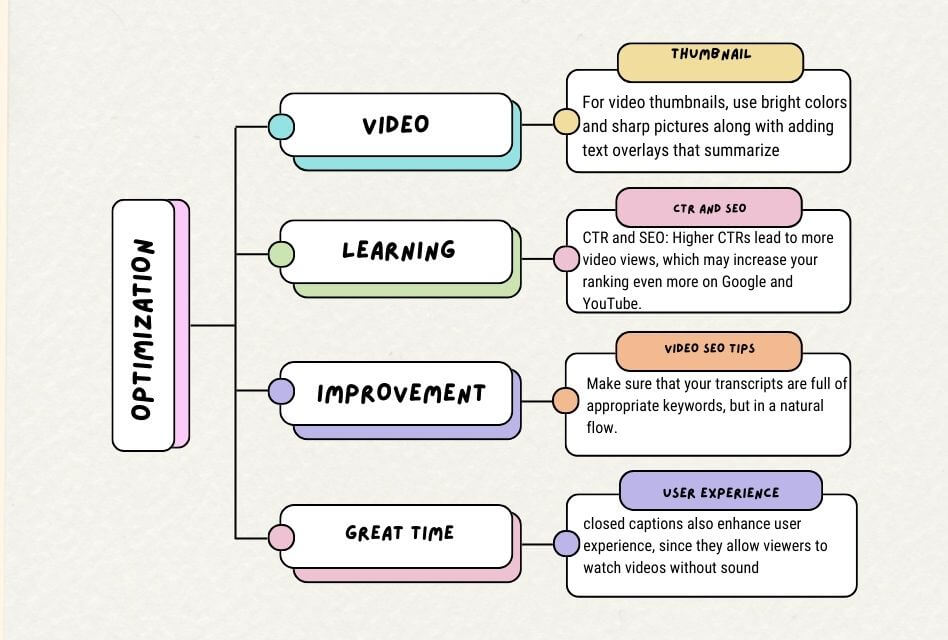
1. Make Your Video Contain Relevant Keywords in the Metadata
First, you optimize your video metadata on your webpage to make your videos rank high in search results. These may include the title, description, tags, and even the name for your video file. How well your video ranks will determine by the use of relevant keywords that mirror what users may be searching for.
- For any SEO strategy, keyword research plays a crucial role. So, you will use tools like Google Keyword Planner or Ahrefs to find keywords having high search volumes and low competition. Then, incorporate them organically into the metadata of your video.
- Video Optimization: For example, if the video title is “how to optimize videos with SEO,” then ensure this phrase is also included in the description and also tags. This makes search engines understand the content of your video better and rank it according to what people want to see.
FAQ: Does video really help the SEO ranking?
Yes, videos can help a great deal in SEO rankings. When you have optimized them well, videos boost user engagement which reduces bounce rates and enhances the overall visibility of your site in search engines.
2. Embedded Videos on your webpages improve SEO
So, use these type videos directly on your web pages to enhance SEO and keep visitors. Not only do the videos make the content more dynamic but also increase the time users spend on your site, which is a positive signal to search engines like Google.
- Are Embedded Videos Good for SEO?
Absolutely. Embedded videos allow for better content and thus higher dwell time as well as reduced bounce rates, which are excellent ranking factors Google looks at. Moreover, they help increase the relevance of the content, where you’ll rank higher for related queries in search. - Additional YouTube videos on Webpage Rank Better: Having videos from YouTube on your web page helps make the content rank better because YouTube is a subsidiary of Google, and YouTube videos rank high on search results. You can utilize this connection to boost traffic on your pages.
FAQ: What makes a website rank higher?
Relevant content, user-friendly experience, mobile-friendliness, backlink, and on-page elements such as keywords and metadata also contribute towards search engine rankings of a website.
3. Optimization of Video Thumbnail for Higher Click-Through Rate
An effective video thumbnail really makes all the difference to your CTR. Thumbnails are a visual presentation of your video content, and interesting thumbnails could attract those users to click rather than others.
- Video Thumbnails Design: For video thumbnails, use bright colors and sharp pictures along with adding text overlays that summarize the content of the video. Not only does this capture the viewer’s attention but also serves as a quick summary of what they are going to expect.
- CTR and SEO: Higher CTRs lead to more video views, which may increase your ranking even more on Google and YouTube. Within your video SEO strategy, test and optimize your thumbnail from time to time to figure out what kind of design captivates your audience the most.
FAQ: Do YouTube videos boost SEO?
Indeed, YouTube video SEO boosts. Optimized and embedded into your site, such videos enhance user engagement and dwell time-that search engines equate as a positive signal.
4. Include the transcription and captions to your videos
Adding transcript and closed captions to your videos optimizes them. Transcripts are wordy versions of the contents of the videos; they help search engines in indexing and also give them an idea about the content of your videos.
- Video SEO Tips: Make sure that your transcripts are full of appropriate keywords, but in a natural flow. That’s also for SEO purposes, but it brings more users to your content-content accessible to and readable by anyone deaf or hard of hearing.
- Video transcripts and ranking: Google and other search engines are able to crawl and index video transcripts, thereby enabling more visibility for your content.
- User experience: closed captions also enhance user experience, since they allow viewers to watch videos without sound, which is pretty useful on mobile devices.
FAQ: How do I optimize a video with SEO?
Use keyword-rich titles, descriptions, and tags with high-quality thumbnails; embed videos on relevant web pages; include transcripts to make them easily accessible; and closed captions to facilitate the search of the videos. Then use Video SEO tools and analytics.
5. Utilize Video SEO Tools and Analytics
Video SEO tools and analytics are therefore must-haves in ensuring your videos perform well in contributing to your overall SEO strategy; they can help understand such pieces of information like how your videos are found, who’s actually watching them, and how they are performing on search results.
- Video SEO Tools: It is also important to use video SEO tools such as VidIQ, TubeBuddy, and Google Analytics in tracking the performance of your video. These provide keyword rank, video view, engagement metrics, and many other metrics.
- Video SEO Check: Do a video SEO check from time to time and detect weaknesses. This could be that specific words are doing worse than you expect, or the video’s not showing up in the search results that you want it to. Improvising your strategy with this check can improve rankings and organic traffic.
FAQ: Do 4K videos rank better on YouTube?
But does that inherently rank videos at 4K higher? No. But because better-quality videos tend to make viewers engaged and stick around longer to watch them, this indirectly affects rankings. YouTube favors videos that are likely to provide good user experience- and that typically means video quality.
Additional Video SEO Tips
Of the above five tips that should be vital for improving the rankings of videos on your webpage, you might want to consider these additional tips to further amplify your video SEO strategy.
A. Mobile Optimization
Mobile views are on the rise, and it is essential that your videos be optimized for mobile viewing. This includes making sure that your videos load quickly, are easy to view on smaller screens, and have proper mobile-friendly controls.
- Mobile Optimization and SEO: Google’s search algorithm prefers content that is optimized for mobile, so ensuring that your videos perform well on mobile devices can help improve your overall search rankings.
B. Quality Relevant, Attractive Videos
While it is important to make sure that your video content is optimized for SEO, the quality of the video content is also important. The higher quality and more engaging your videos are in terms of value to your audience, the more likely they are to be shared, link back, or ranked highly in the search engines.
- Content and Engagement: Use your videos to answer the most asked questions or problems of your audiences or entertain your reader. The more value your videos provide, the greater their chances of being watched or shared, thus benefiting you in terms of SEO.
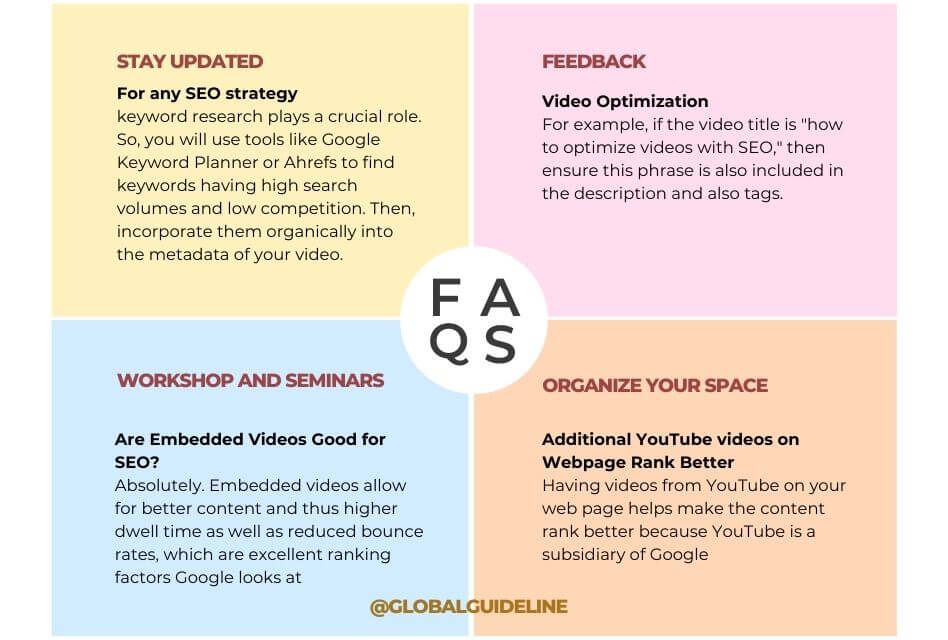
FAQ: Should I upload 1080 or 4K to YouTube?
Although 1080p is more than good enough for most viewers, uploading in 4K gives a much better viewing experience when your viewers have devices which can support this, though preference may still be between 1080p and 4K based on the content and audience’s preferences.
C. Monitor and Make Adjustment Based on Your Strategy
SEO is not once-and-done work but a continuous process. Use analytics to constantly monitor your video’s performance and be open to adjusting based on necessity.
- Long-term SEO strategy: Stay on the pulse of the changing trends and algorithms so that, at the right time, you have maximized optimization of your videos. You may attempt short and long videos, different formats, and channels of distribution.
Job Interview Questions to Video SEO Experts
As a video SEO expert, you might come across some specific questions regarding your understanding of video optimization and digital marketing. Here are some questions you may face during interviews.
- “How do you optimize a video for SEO?”
- Response: You explain your keyword research process, metadata optimization, designing thumbnails, and the use of transcripts and captions.
- “What tools do you use for video SEO, and why?”
- Response: Mention some tools, such as VidIQ, TubeBuddy, and Google Analytics, and how they help you track performance and optimize content.
- “How do you measure the success of your video SEO strategy?”
- Response: Point out some key metrics, such as views, watch time, CTR, and rankings in the search results, and explain how you utilize such metrics to refine your strategy.
- “Can you give an example of a successful video SEO campaign you have managed?”
- Response: Share one example for how you optimize videos to rank better and get more engagement.
- “How do you ensure that video content stays fresh and engaging for the viewers?”
- Response: Describe your process for content creation, including research about your audience and the trends. Also, emphasize giving value through high-quality videos.
FAQs
Q: Does video really help in SEO ranking?
A: Yes, videos do improve SEO rankings through higher user engagement, reducing bounce rates, and really improving the overall user experience for your site.
Q: Is embedded video a good SEO?
A: Yes, embedded video helps enhance your webpage’s SEO because it increases dwell time and can offer search engines extra content to index.
Q: How to rank video in Google search?
A: Meta Tags on video optimisation by relevant keywords, video embed on relevant pages, high quality thumbnails, adding transcripts, and usage of video SEO tools for performance
Q: Long videos ranked better on YouTube?
A: The longer video can rank too, provided it has engaged the viewers in the entire video. Watch time is one of the top ranking factors on YouTube.
Q: What is Video SEO?
A: Video SEO is a process of optimizing video content so that you rank higher in Google and YouTube search, thus making it visible and gaining traffic to your site.
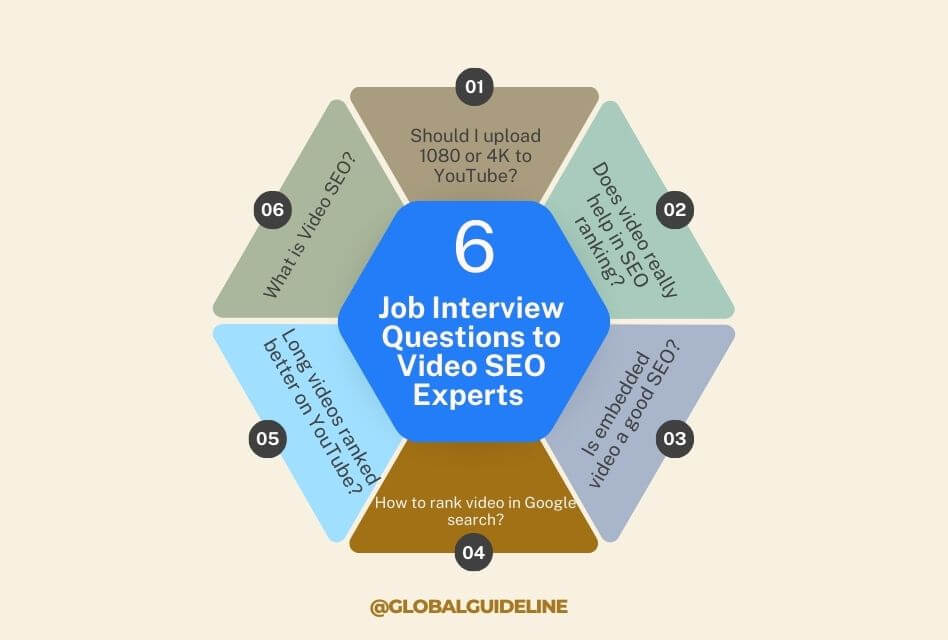
Conclusion
Adding video-based content to your SEO strategy adds strength to the visibility of your website and increases engagement for the users. And with the help of these tips enumerated here-as in optimizing video metadata, embedding videos in web pages, creating intriguing thumbnails, and using transcripts of video captions-the probable list of ending up on top in Google search results may well be ensured. For as long as the video content keeps going ahead and leads the digital landscape, a well-practiced video SEO strategy will keep the outfit ahead in the race. Optimize your videos today and start to enjoy increased rankings.
Related Posts:
Technical Support Specialist Companies: 3 Key Service Benefits

